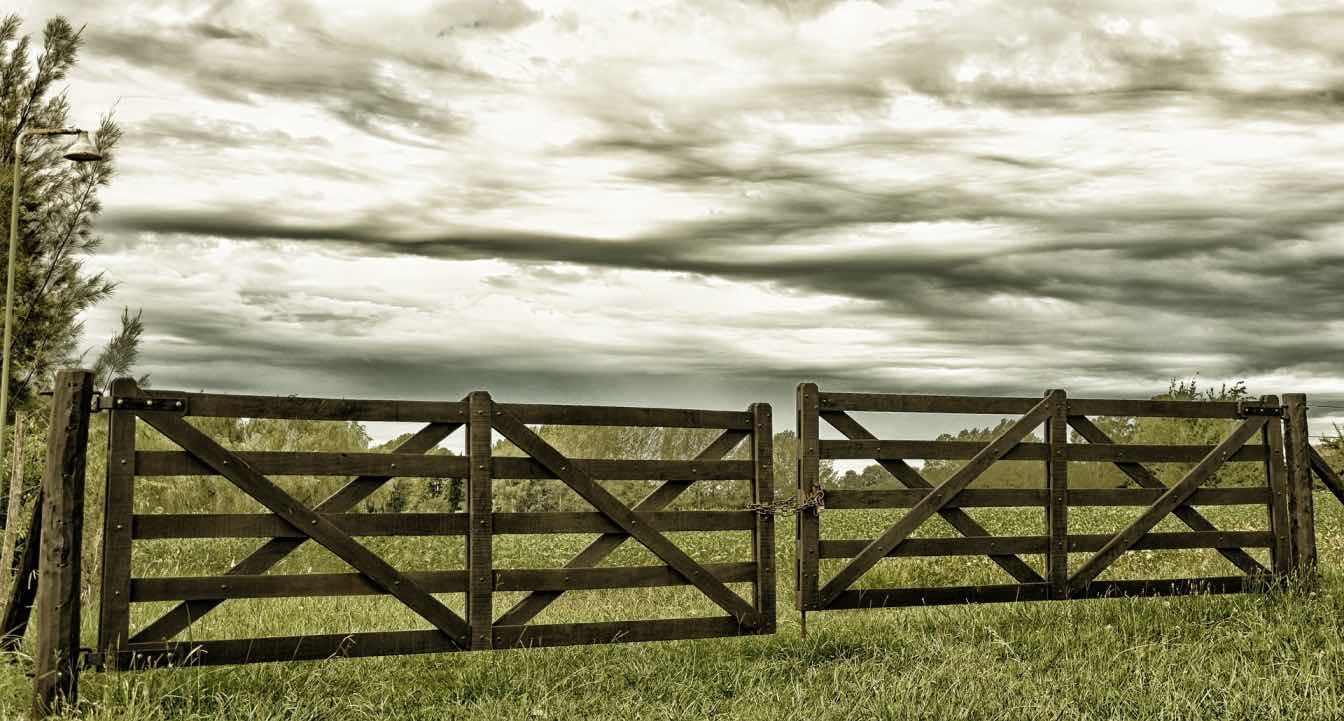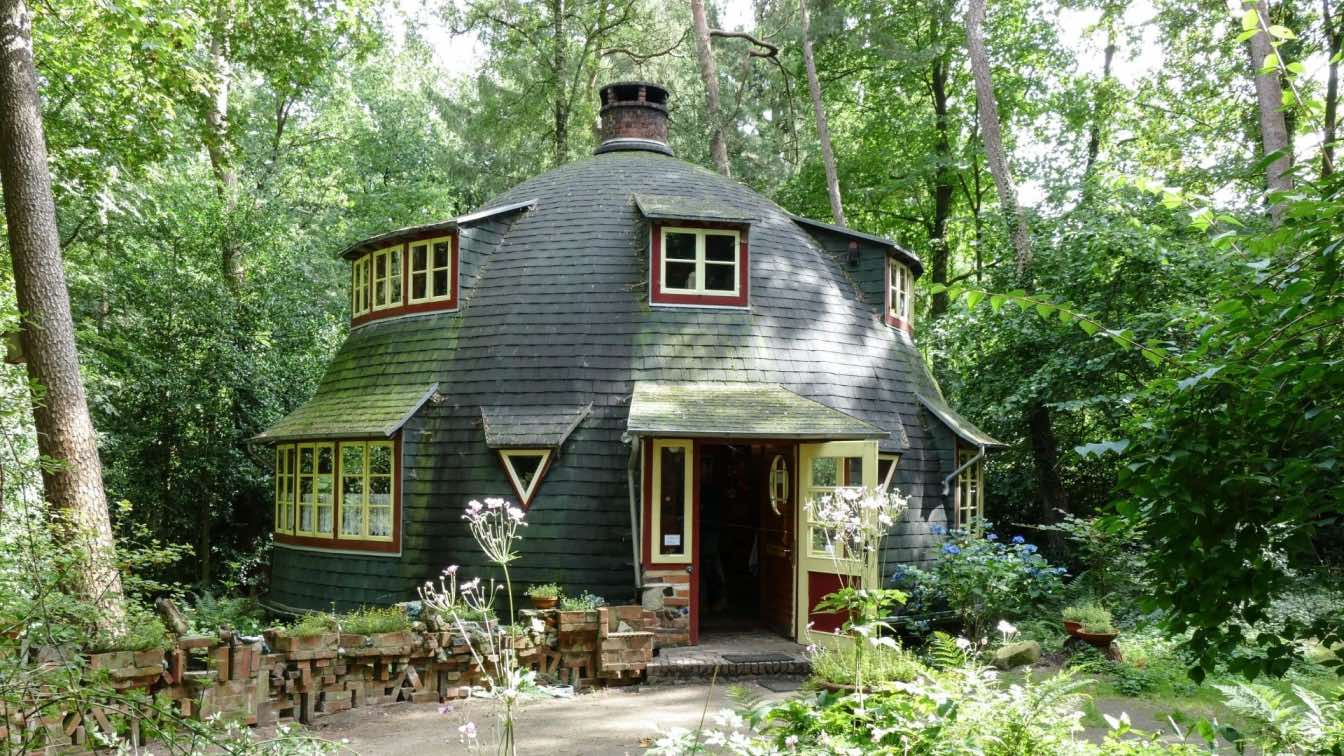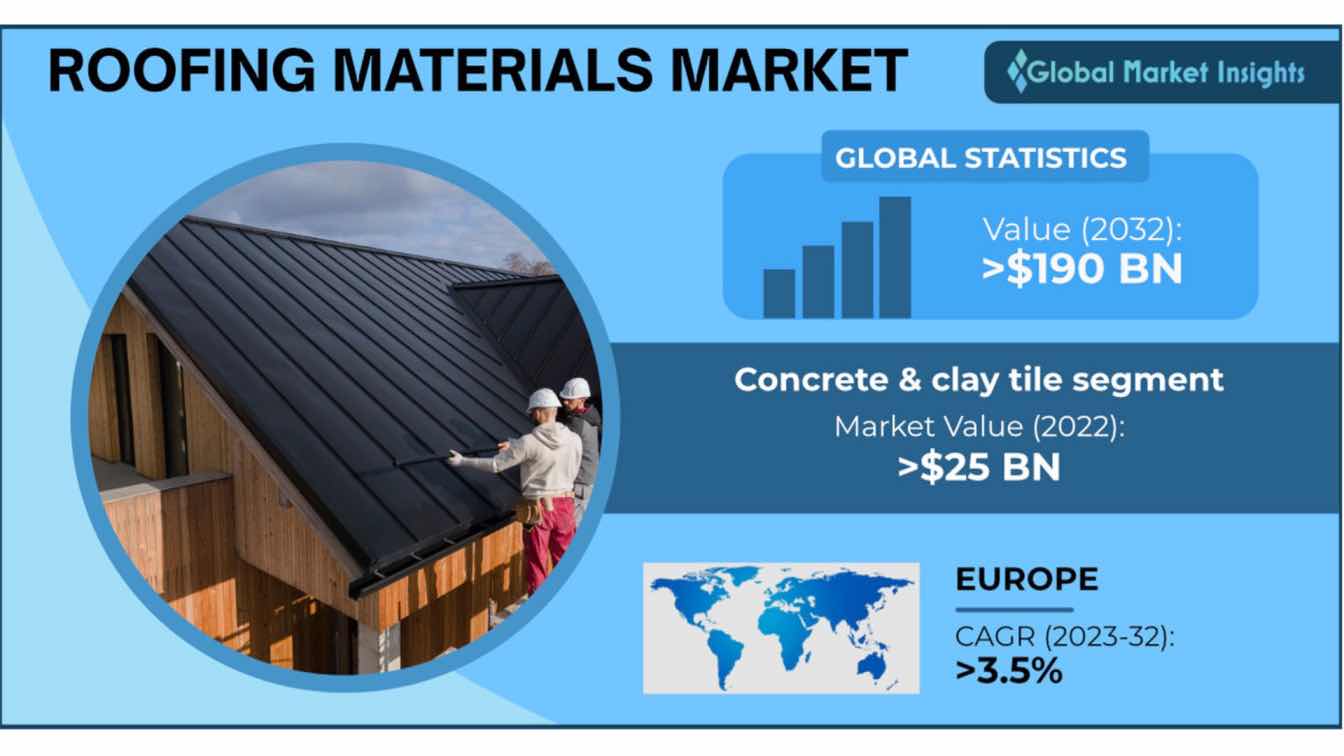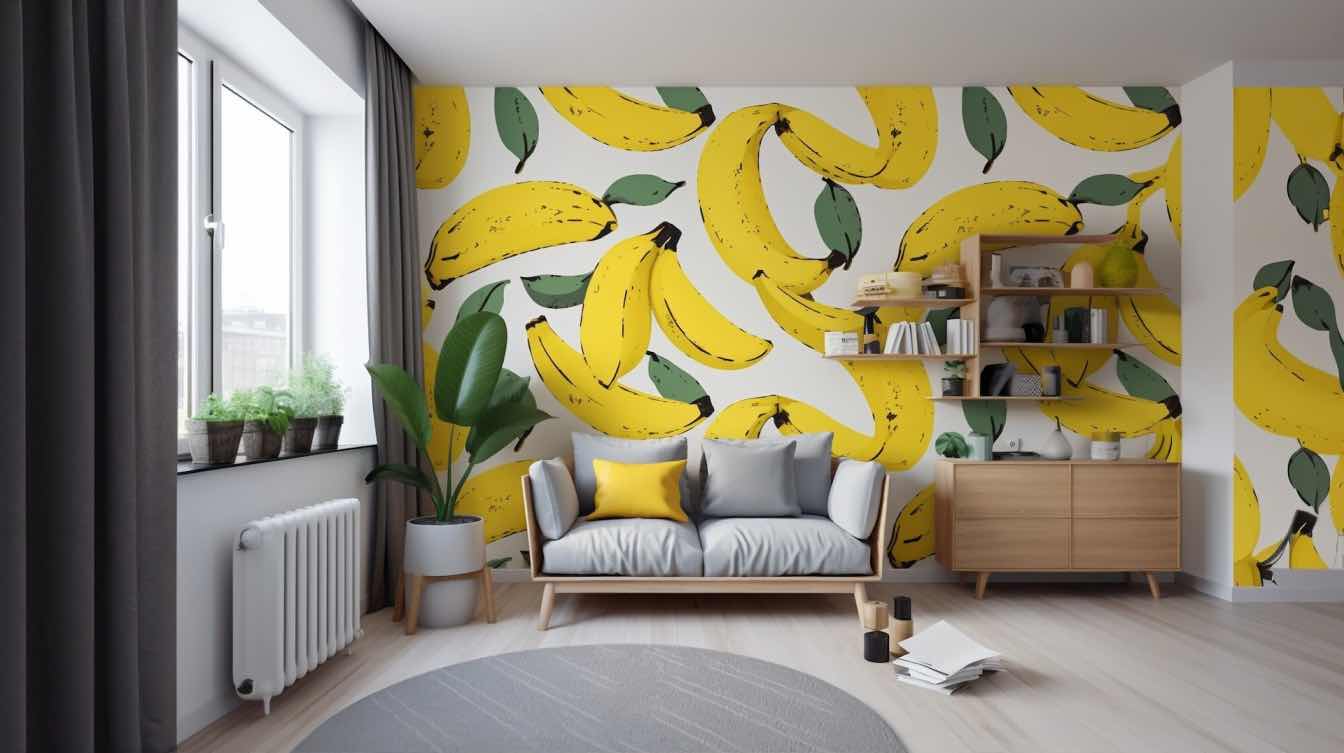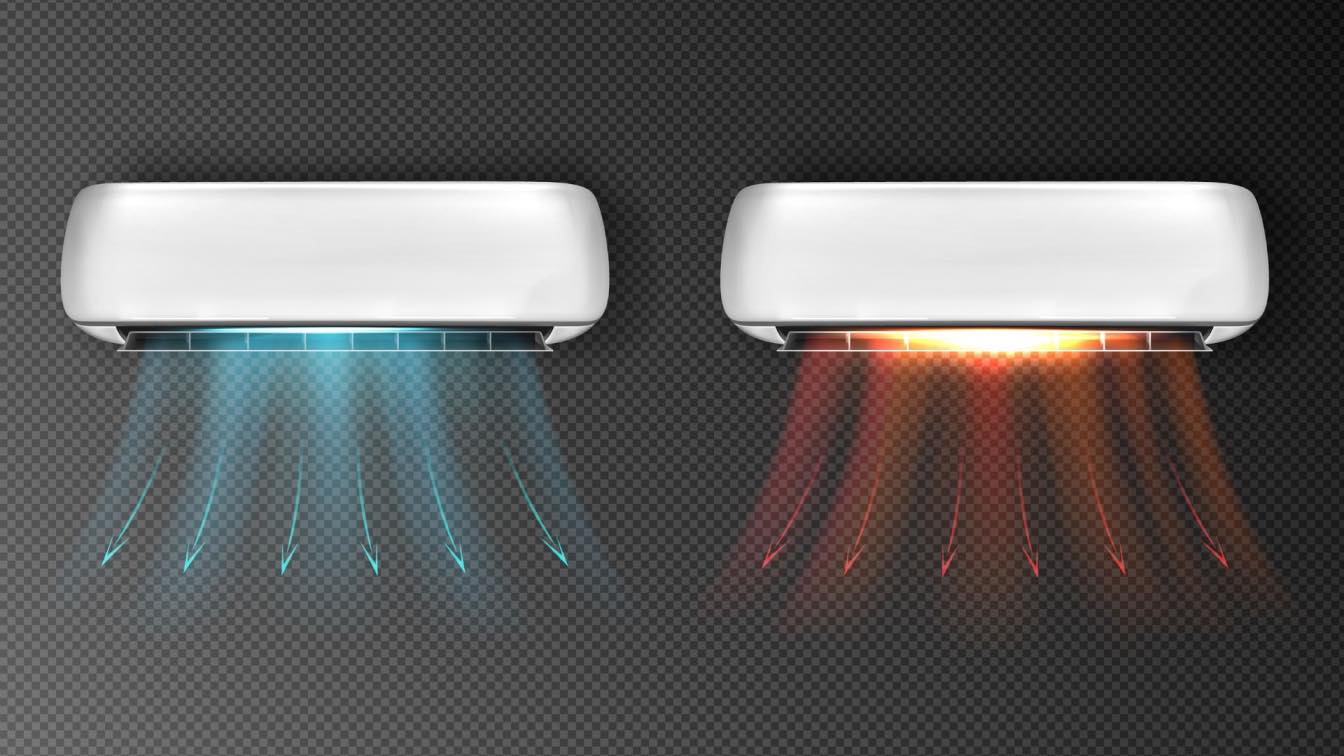When it comes to enhancing your property's curb appeal and security, choosing the right gate style can make all the difference. You may not realize it, but the design of your security gate plays a crucial role in complementing your home's architectural aesthetics. Whether you own a modern minimalist house or a classic Victorian mansion, the perfect gate not only provides safety but also adds a touch of sophistication to your exterior. In this blog post, you'll discover how different security gate styles can seamlessly integrate with various architectural designs.
Matching Materials
Choosing the right materials for your security gate can significantly enhance your property's architectural style. The folding security gates commercial buildings have should be made of durable materials that can withstand harsh weather conditions. For instance, a modern property with sleek lines and minimalist design benefits greatly from a gate made of materials like stainless steel or aluminum, which mirrors the clean, contemporary look. These metals not only provide robust security but also maintain aesthetic harmony with the home's design. On the other hand, a rustic property, such as a countryside home or a cabin, looks best when paired with gates made from natural materials like wood or wrought iron. Wood adds warmth and blends seamlessly with the natural surroundings, while wrought iron offers a timeless, sturdy appeal.
Victorian or traditional-style homes often feature intricate detailing and elegant finishes, so a gate crafted from wrought iron with decorative elements like scrolls and finials can perfectly complement these attributes. Meanwhile, for properties with a Mediterranean or Tuscan style, gates made from aged, patinated metals or robust wooden panels can evoke an old-world charm that aligns beautifully with terracotta roofs and stucco walls. By selecting materials that reflect your property's architectural traits, your security gate becomes more than a functional barrier — it transforms into an integral part of your overall design scheme.
Design Consistency
Achieving design consistency with your security gate involves aligning the gate’s style, color, and details with your property’s architectural features. For modern or contemporary homes, a gate with straight lines, geometric patterns, and a monochromatic color scheme can enhance the sleek, uncluttered aesthetics. Simplistic and minimalistic gate designs featuring materials like glass and steel panels maintain the property's avant-garde appearance.
For properties boasting traditional or classical architecture, incorporating ornamental designs and rich colors into the gate can reflect the opulent detailing found on the main structure. Intricate scrollwork and ornate patterns in wrought iron gates resonate well with traditional design elements.
Furthermore, the colors chosen for your gate should either match or complement your house’s exterior palette. Utilizing similar finishes, whether matte, gloss, or patina, in both the gate and the property's architectural elements creates a cohesive look. When gates are carefully selected and designed to reflect the property's architectural integrity, they ensure that security and style go hand in hand, enhancing the overall curb appeal in a harmonious way.
Stylistic Matching
Both residential and commercial buildings come in different styles that provide a unique aesthetic experience. These become parts of your personal or business identity that require careful integration of your security gates' design. Here are some popular examples:
Colonial
Victorian
Modern
Ranch
Mediterranean
Craftsman
Farmhouse
Cape cod
Contemporary
Modern/contemporary office buildings
Colonial revival
Industrial
Art deco
Neoclassical
Mid-century modern
Gothic revival
Beaux-arts
Mixed-use developments
This integration is achieved by aligning the gate's materials, colors, and design details with the property’s style. For instance, a Colonial home benefits from a gate with classic, symmetrical lines and traditional colors, while a Modern property favors minimalist designs with sleek, clean finishes.
By carefully selecting gates that resonate with the architectural elements of the property — whether it’s the rustic charm of a Farmhouse or the sleek lines of a Contemporary office — security gates become a seamless extension of the property’s overall design, enhancing both security and visual appeal.
Harmonious Colors
By choosing colors that blend seamlessly with the property's exterior palette, the gate becomes an integral part of the architectural design rather than an obtrusive security measure. For instance, a property with a neutral color scheme benefits from a gate in matching hues, such as greys, blacks, or whites, creating a cohesive and soothing visual effect. On the other hand, properties with vibrant or earthy tones can opt for gates in complementary colors that enhance the existing color scheme without overwhelming it.
Achieving this color harmony involves selecting finishes that echo the property's paint, roofing, and other architectural elements. A matte finish on the gate can mimic slate roofs, while a glossy finish can reflect polished architectural accents. Additionally, using patina or aged finishes on metal gates can provide a weathered look that fits well with rustic or vintage properties. By focusing on color harmony, security gates not only provide protection but also elevate the property's aesthetic value.
Proportional Scaling
Proportional scaling is crucial in ensuring that a security gate complements the property it protects. This involves designing the gate to match the size and scale of the property's architectural features. For example, a grand, expansive estate requires a large, imposing gate to maintain balance and harmony, while a smaller, quaint cottage benefits from a more modest, appropriately sized gate.
Achieving proportional scaling entails careful measurement and design, ensuring that the gate's height, width, and design elements align with those of the property. Gates should echo the dimensions of prominent architectural features such as doors, windows, and rooflines, creating visual equilibrium. Additionally, incorporating complementary design elements - like matching finials, stonework, or decorative panels - reinforces the sense of unity between the gate and the property.
Landscaping Integration
If you want tranquility on your property, it's important that your gates are in sync with the rest of your landscaping design. This should include the following:
Pathways and driveways
Fencing and walls
Lighting
Hedges and plantings
Water features
Garden beds and borders
Arbors and trellises
Patios and outdoor living spaces
Pergolas and gazebos
Sculptures and art installations
This is achieved by aligning the gate's design, materials, and colors with elements like pathways, fencing, and garden beds. For example, a gate made from wrought iron can echo the design of a nearby arbor, creating a unified aesthetic. Incorporating matching lighting fixtures enhances visibility and adds cohesion.
Additionally, using plantings like hedges or climbing vines around the gate softens its presence, making it a natural extension of the landscape. By doing so, the security gate complements both the property and its surrounding greenery.
Lighting Coordination
Properly chosen lighting fixtures not only improve visibility but also highlight the gate’s design and its surrounding architecture. For instance, well-placed uplights can accentuate intricate details of a wrought iron gate, casting elegant shadows and adding a dramatic touch. Similarly, downlights can illuminate pathways, ensuring safe access while guiding the eye to the gate’s stylish form.
Achieving this coordination involves selecting lighting fixtures that match the property’s architectural style. For a modern home, sleek, minimalist lighting with clean lines and neutral tones can enhance the contemporary feel. Conversely, vintage-style lanterns can complement traditional gates on a Victorian property, blending seamlessly with the period design.
Additionally, employing energy-efficient LED lights equipped with motion sensors provides both security and environmental benefits. By harmoniously aligning lighting elements with the gate and the property’s overall design, homeowners can create a cohesive, visually appealing, and secure entryway.
Functional Design
A functional security gate is tailored to the property’s specific needs, combining practical features with aesthetic considerations. For instance, automated gates enhance convenience and accessibility, ideal for modern homes with busy lifestyles. These gates can be designed with sleek, minimalist lines that match contemporary architectural styles.
For properties prioritizing privacy, solid panel gates, which block visibility, can be both functional and aesthetically pleasing when crafted from materials that complement the property’s design, such as natural wood for rustic homes or metal for industrial-style buildings. Additionally, gates with built-in security features like surveillance cameras and intercom systems can be subtly incorporated without detracting from the overall look.
Functional design also involves ensuring that the gate operates smoothly and withstands the elements, which is achieved by choosing durable materials and reliable mechanisms. By integrating these functional aspects with stylistic elements, security gates enhance both the safety and the visual appeal of the property.
Ornamental Details
Security gate styles bring an extra layer of sophistication to properties adorned with ornamental details by echoing and enhancing these intricate design elements. For properties with decorative finishes, such as Victorian homes or Mediterranean villas, gates can feature scrollwork, filigree patterns, and other ornate embellishments that mirror the architectural flair. Wrought iron gates, for example, can be custom-designed to incorporate motifs found in the property's façade, such as floral designs, twisted bar patterns, or decorative arches. This attention to detail ensures that the gate does not look out of place but rather integrates seamlessly into the overall aesthetic.
Incorporating ornamental details into the gate is achieved through techniques like forging, casting, and precise metalwork, which allow for fine craftsmanship and bespoke designs. Additionally, choosing colors and finishes that match trim details or decorative accents on the property — such as patinated bronze for a vintage look or polished steel for a more modern touch — ensures visual consistency.
In conclusion, by carefully selecting a security gate that aligns with your property’s architectural style, color palette, and design details, you create a harmonious and aesthetically pleasing entryway. Remember to consider the gate's functionality to ensure it meets your specific needs while enhancing the property's overall appeal. By integrating elements like lighting coordination, proportional scaling, and ornamental details, your security gate becomes more than just a protective barrier — it transforms into a statement piece that elevates your home's curb appeal and provides peace of mind.

